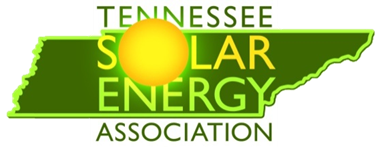Chattanooga Metropolitan Airport may soon become the nation's first to be 100 percent energy self sufficient via solar power.
Airport officials Monday agreed to move ahead with initial work on a third phase of its existing solar farm.
The newest phase, slated to come online late this year, would help create enough electricity, which the airport sells to the Tennessee Valley Authority, to pay Lovell Field's power bill, said Terry Hart, the airport's chief executive.
"It will be great to see that," Hart said at an Airport Authority meeting, noting that cutting energy costs helps the airport keep down landing and other fees.
John Naylor, the airport's vice president of planning and development, said Dillard Construction Co. offered a low bid of $634,000 to conduct site work. That includes lowering by nine feet the elevation of the site, which is located on the west side of the main runway, he said. The site needed lowering because of federal runway requirements, Naylor said.
He said 90 percent of the cost of the work will be paid with a federal grant with the airport paying the remainder.
Naylor said some airports claim to be energy self-sufficient, though they use renewable energy tax credits to reach that level rather than producing all their power needs.
Currently, the first two phases of the Chattanooga airport's solar array meets 72 percent of its power requirements, he said.
With the help of $4 million in federal grants, Chattanooga airport installed nearly 4,000 solar panels in 2012. Later, the airport garnered another $3 million in federal money, allowing it to expand its solar farm to 2.1 megawatts.
In all, when the third phase is complete, about $10 million would have been spent for the solar farm, Naylor said. Most of the cost will be paid by federal grants.
Authority member Farzana Khaleel said she'd like to see how much of a return on investment the airport is receiving.
"You've got to look at it from the total view — not just what we're spending," she said.
Also, Authority member Mike Mallen asked how much dirt the company will be moving.
"Dirt is a commodity," he said.
According to the company, it will move about 30,000 cubic yards of dirt, or about 3,000 truckloads.
Dan Jacobson, the Authority's chairman, said he's glad to see the airport is moving ahead with the solar farm's third phase.
"I think it's important work," he said. "We'll look at its value and it will be good to go through that exercise."
Naylor said that in addition to solar power use, the airport also has cut its energy consumption over the years.

